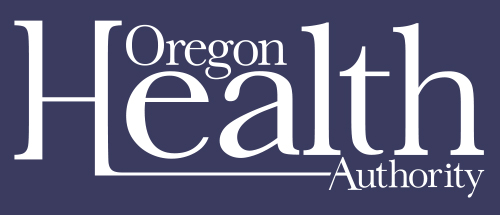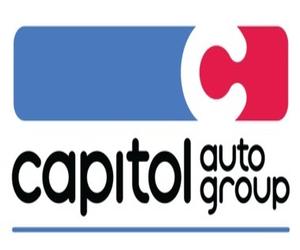Data detail progress on key measures toward eliminating health inequities in Oregon
Salem, Ore.–To ensure that Oregon Health Authority (OHA) continues to make progress on its 2030 goal to eliminate health inequities in Oregon, OHA has launched an interactive dashboard to track progress toward the outcomes in the Strategic Plan launched in July of 2024. The dashboard features key metrics that, when met, will eliminate unfair barriers to care and improve the health of all communities throughout the state.
OHA’s Strategic Plan is one component of Oregon Health Forward (OHF), an alliance of three major efforts announced in December of 2024 that will collectively advance OHA’s goal. These initiatives include: OHA’s Strategic Plan, a statewide Call to Action to advance health for all, and an organized effort to strengthen transparency, accountability and belonging within OHA.
“This new dashboard is an important tool in our collaborative work toward eliminating health inequities in Oregon by 2030,” said OHA Director Dr. Sejal Hathi, M.D., MBA. “We are not just setting ambitious goals — we are holding ourselves accountable by showing the people of Oregon where we are now and what work we have ahead of us. The data tell us where we need to focus our attention and efforts. By making this information public and accessible, we are inviting communities and partners statewide to join us and to challenge us as we move forward together in this critical work.”
The dashboard details the strategies and measures under five primary goals that serve as “pillars” toward achieving OHA’s strategic plan: transforming behavioral health, strengthening access to affordable care for all, fostering healthy families and environments, achieving healthy Tribal communities, and building OHA’s internal capacity and commitment to eliminate health inequities.
Additional metrics will be refined and added in the future. As OHA continues making progress toward the 2030 goal, OHA will provide updates on the other components of the Oregon Health Forward initiative.
Over the next six months, OHA’s Call to Action initiative will enlist public and private partners of all sizes across all sectors to make commitments aligned with the five goal pillars of OHA’s Strategic Plan. Commitments may take the form of philanthropic contributions or in-kind support — such as staff expertise, resource-sharing, or education and training initiatives; new product development and service-line expansions; and programmatic initiatives or bold institutional policy change — changing the way care is provided or business is done.
More information about the Call to Action, including an interest form for entities to submit proposed commitments, is available here.
The Transparency, Accountability, and Belonging Initiative (TABI) includes nearly two dozen internal projects committing to actionable steps to better meet customer needs, increase transparency, strengthen partner relationships, and enhance staff engagement and satisfaction. Examples of projects include improving responsiveness to publicinquiries, increasing the speed and transparency of funding disbursements, improving the accessibility and clarity of agency rulemaking, developing structured professional development opportunities for staff, and decreasing vacancy rates. Work for the TABI is expected to be complete by Fall 2025.









